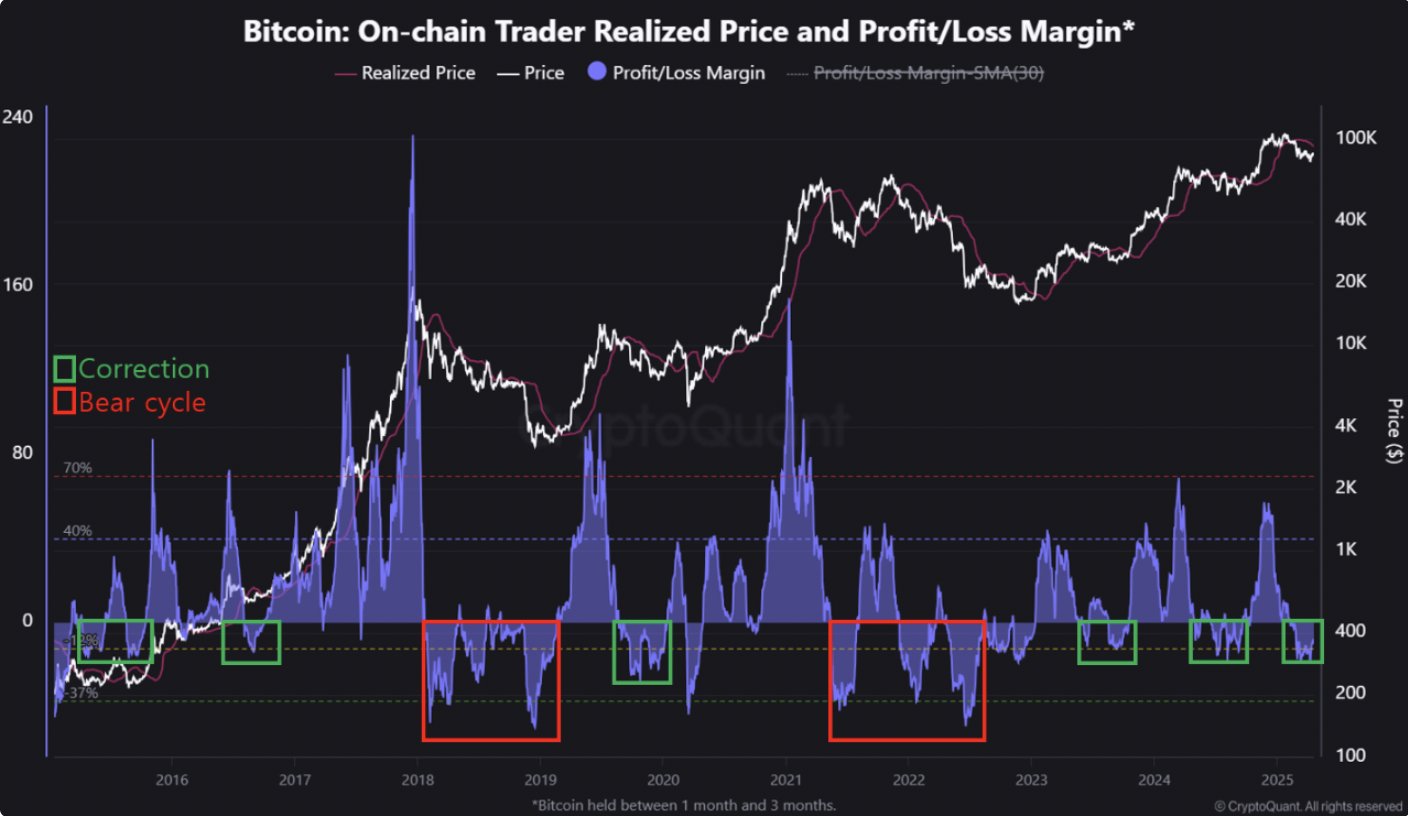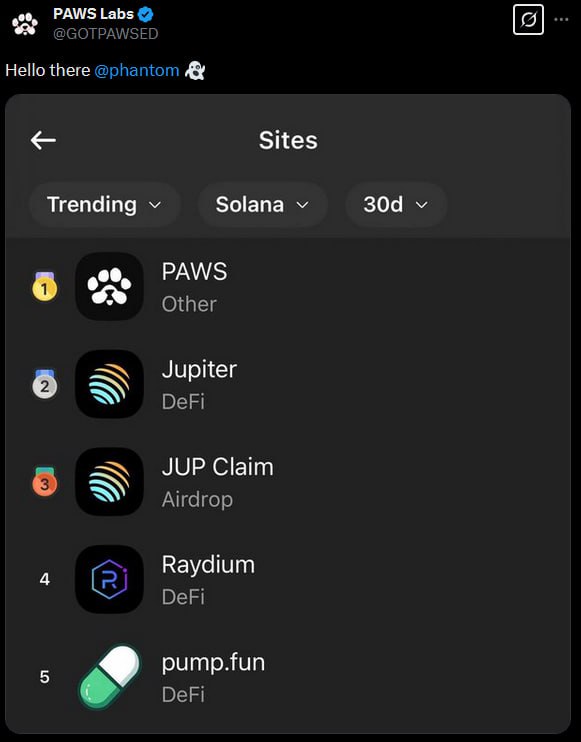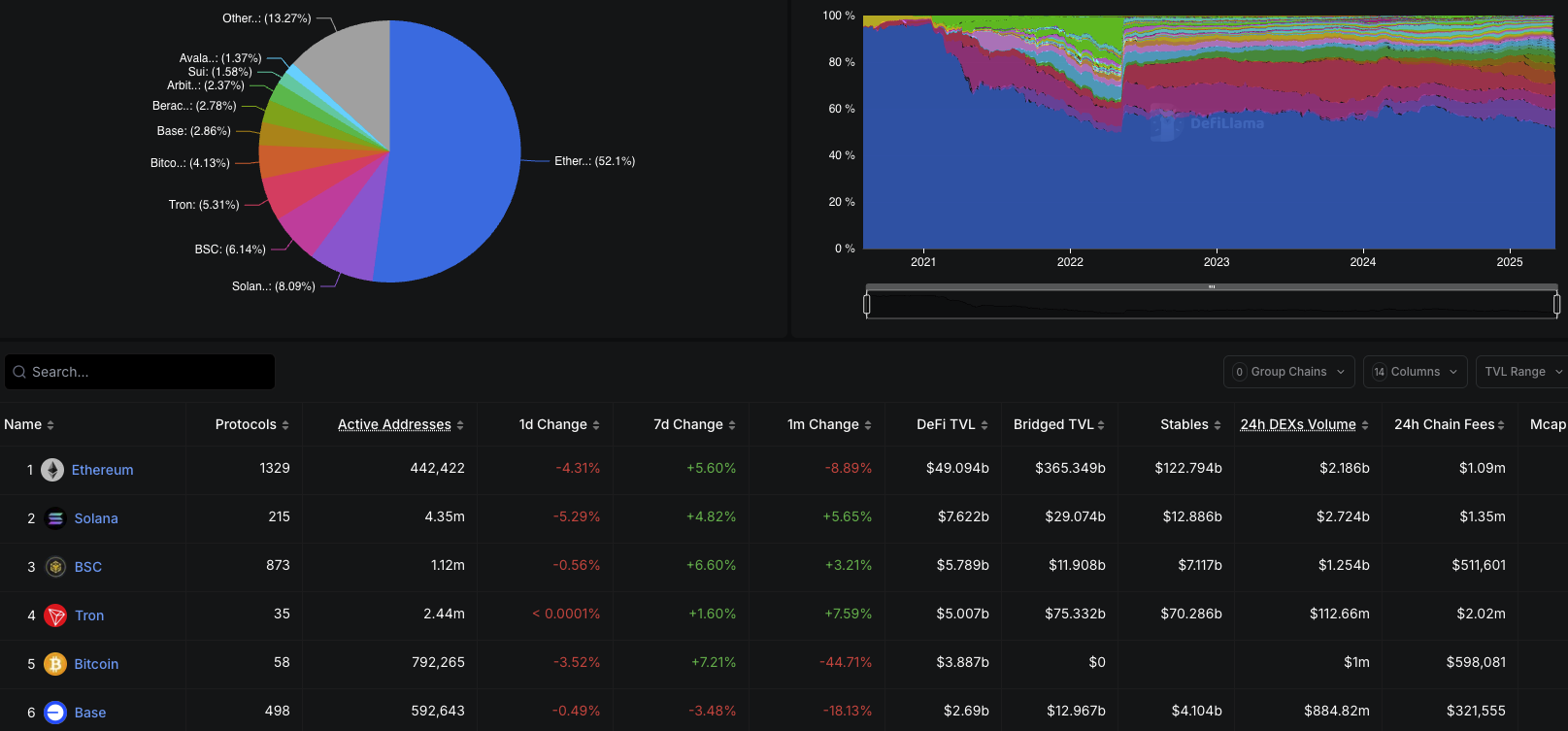With Bitcoin’s current price at $88,178, combined with its historical resilience and expert forecasts, the overall outlook remains cautiously optimistic.
In the short term, investors should closely monitor the $83,000 support level and the $90,000 resistance threshold, as these levels are likely to shape market sentiment.
Short-Term Outlook: Correction or Bear Market?
On Easter Sunday 2025, Bitcoin reached a price of $84,600, marking its highest level on this holiday in 17 years, according to a report by DocumentingBTC on X. From $0 in 2009–2010 to $84,600 in 2025, Bitcoin has demonstrated unparalleled resilience and adoption over the years.
Bitcoin dominance (BTC.D) has also hit a 4-year high. Despite this, experts remain divided on whether an altcoin season is on the horizon.
CryptoQuant’s Head of Research, Julio Moreno, shared on X that Bitcoin’s price resistance could range between $91,000 and $92,000, aligning with the realized price on-chain for traders. According to the analysis, during a bull market (bull market score ≥ 60), this realized price often acts as support; in a bear market (bull market score ≤ 40), it serves as resistance. The current market is still considered to be in the latter scenario.

In another analysis, CryptoQuant suggests that the market is likely undergoing a typical correction rather than entering a full bear market cycle. This view aligns with Bitcoin’s current price of $88,178, which, although slightly below recent highs, remains above key support levels.

Analyst Mark Cullen has expressed particular skepticism about the $83,000 level. If Bitcoin drops below this threshold, the market could witness a stronger bearish reaction.
“Bitcoin $90,000 liquidity still calling. But, I think the $83,000 level isn’t safe, those lows from last Sunday and Wednesday are likely to get run first,” Mark Cullen stated.
A recent BeInCrypto report also mentioned that Bitcoin is eyeing a breakout above $90,000, driven by increasing momentum in the derivatives market. Breaking this level could signal a new bullish wave, potentially fueled by dip buyers and derivatives traders.
Long-Term Potential: A Bullish Future?
Looking at the long-term outlook, experts remain optimistic about Bitcoin’s trajectory.
“Seriously fam, this might be the last chance you have to buy $BTC < $100,000,” Arthur Hayes, co-founder of BitMEX, shared.
Robert Kiyosaki, the author of Rich Dad Poor Dad, posted on X that he firmly believes Bitcoin’s price will reach $180,000 to $200,000 by the end of 2025.
Bitcoin’s historical resilience following corrections supports this bullish outlook. For example, after dipping to $27,931 on Easter Sunday 2023, BTC rebounded significantly to $84,600 by 2025. This recovery pattern aligns with analysts’ views that corrections are healthy for long-term growth.
The Fear and Greed Index could also play a role in shaping investor behavior. A higher index value (indicating greed) often signals bullish sentiment, potentially pushing Bitcoin closer to the $90,000 mark and beyond.
The post Correction or Bull Trap? Analysts Split as Bitcoin (BTC) Eyes $90,000 Resistance appeared first on BeInCrypto.






